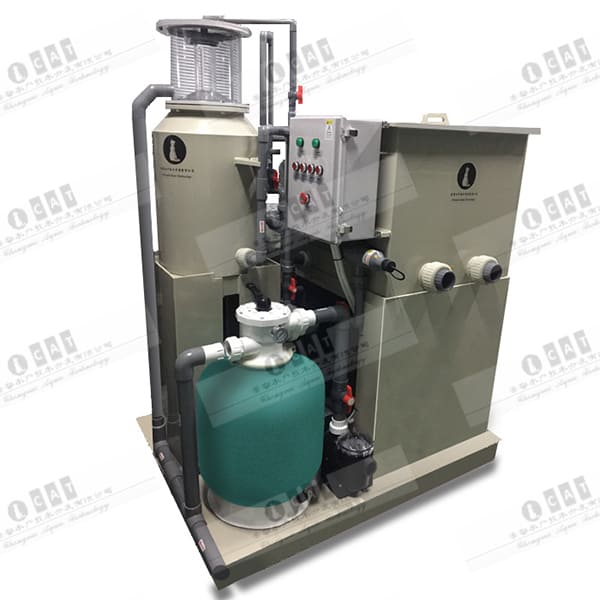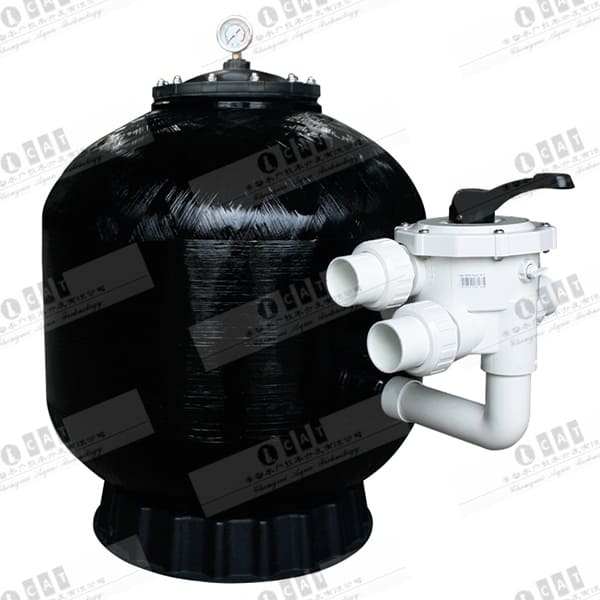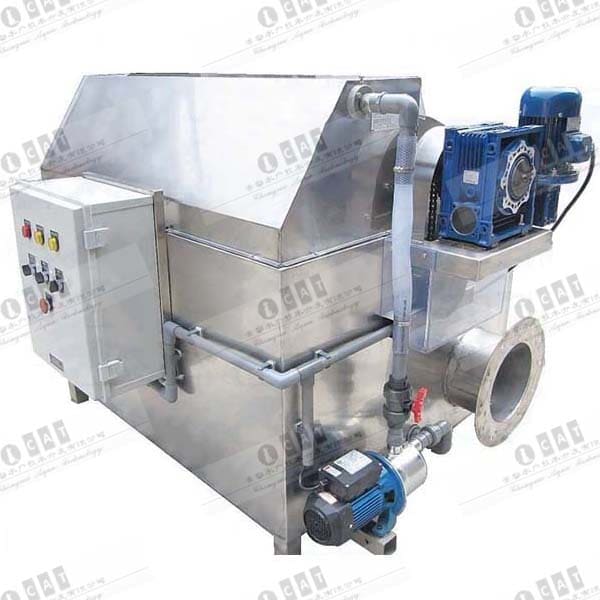Crab Farming RAS
Crabs are separated by moults, before they change into a megalopa stage, which resembles an adult crab, except for having the abdomen (tail) sticking out behind. After one more moult, the crab is a juvenile, living on the bottom rather than floating in the water. This last moult, from megalopa to juvenile, is critical, and it must take place in a habitat that is suitable for the juvenile to survive.
Once crabs have become juveniles, they will still have to keep moulting many more times to become adults. They are covered with a hard shell, which would otherwise prevent growth. The moult cycle is coordinated by hormones. When preparing for moult, the old shell is softened and partly eroded away, while the rudimentary beginnings of a new shell form under it. At the time of moulting, the crab takes in a lot of water to expand and crack open the old shell at a line of weakness along the back edge of the carapace. The crab must then extract all of itself – including its legs, mouthparts, eyestalks, and even the lining of the front and back of the digestive tract – from the old shell. This is a difficult process that takes many hours, and if a crab gets stuck, it will die. After freeing itself from the old shell (now called an exuvia), the crab is extremely soft and hides until its new shell has hardened. While the new shell is still soft, the crab can expand it to make room for future growth.
RAS Recirculating aquaculture system
Recirculating Aquaculture System (RAS) series of treatment processes is utilized to maintain water quality in intensive fish farming operations. These steps of Recirculating Aquaculture System (RAS) are often done in order or sometimes in tandem.
After leaving the vessel holding fish the water is first treated for solids before entering a biofilter to convert ammonia, next degassing and oxygenation occur, often followed by heating/cooling and sterilization. Each of these processes can be completed by using a variety of different methods and equipment, but regardless all must take place to ensure a healthy environment that maximizes fish growth and health.

Sand Filters Of Recirculating Aquaculture System (RAS):
| No. | Diameter ΦD (mm) | Port Size (inch) | Flow (m³/H) | Filtration Area(m2) | Sand Weight (kg) |
| CAT-SF400 | 400 | 40 | 8 | 0.13 | 35 |
| CAT-SF500 | 500 | 40 | 11 | 0.18 | 60 |
| CAT-SF600 | 600 | 40 | 14 | 0.22 | 115 |
| CAT-SF700 | 700 | 40 | 19 | 0.35 | 180 |
| CAT-SF800 | 800 | 50 | 24 | 0.5 | 275 |
| CAT-SF900 | 900 | 50 | 30 | 0.64 | 390 |
| CAT-SF1050 | 1050 | 50 | 38 | 0.88 | 615 |
| CAT-SF1200 | 1200 | 50 | 42 | 1.3 | 920 |
| .... | ... | ... | ... | ... | ... |

Drum Filters Of Recirculating Aquaculture System (RAS):
| No. | Flow (m³/H) | Influent caliber (mm) | Effluent caliber (mm) | Average power (KW) | Voltage | Filtering precision(μm) | Size (CM) |
| CAT-DF30 | 30 | 160 | 75 | 0.2 | 220-50Hz | 30-200 | 105*95*100 |
| CAT-DF60 | 60 | 200 | 90 | 0.3 | 220-50Hz | 30-200 | 125*115*110 |
| CAT-DF100 | 100 | 250 | 110 | 0.5 | 220-50Hz | 30-200 | 150*130*120 |
| ... | ... | ... | ... | ... | ... | ... | ... |

